Although the Middle East was not one of the bloodiest battlefields of World War II, it was strategically vital to the British Empire. After the collapse of the Ottoman Empire at the end of World War I, France acquired Lebanon and Syria as part of a League of Nations mandate. Great Britain, already controlling Egypt and the Suez Canal, occupied Palestine under the same authority. Religious, ethnic, and political tensions in the region, always high, repeatedly erupted into bloodshed during the interwar years. Nazi Germany was not slow to recognize opportunities to undermine French and British authority in the Middle East after World War II began in 1939, and sent agents to the region to foment unrest. At stake was Great Britain’s best route of access to India and the rest of Asia—and oil.
By the summer of 1941, Britain’s hold on the Middle East was precarious indeed. In North Africa, German and Italian under the “Desert Fox,” General Erwin Rommel, threatened Egypt. In April and May, British forces carried out a difficult military campaign to overthrow a pro-Axis regime in Iraq. A serious threat remained to the north, however, where since the previous year Lebanon and Syria had come under control of the rump Vichy French regime created after the fall of France in June 1940. If the German grasp could reach Iraq, it could very easily reach Lebanon and Syria, and threaten Palestine and the Suez Canal.
In May 1941, the Vichy French signed an accord with Germany, allowing Axis forces to access bases in Lebanon and Syria. This made British military intervention imperative. On June 8, 1941, then British imperial forces invaded the mandates from Palestine and Iraq. Heavy fighting took place on land, in the air and at sea. Although the British captured Damascus on June 20, Vichy French forces continued to fight fiercely. Attention turned to eastern Syria, where the British needed to seize control of bridges over the Euphrates River if they were to have any chance of completing their campaign successfully.
Fortunately for the British, this part of the campaign fell under the command of one of their most talented leaders of the entire war: Major General William “Bill” Slim. Born in 1891, he had served as a junior officer in Mesopotamia during World War I, being wounded several times and receiving the Military Cross for bravery. Early in 1941, serving as a brigadier general, he was wounded again during the victorious British campaign against Italian forces in East Africa. Slim had barely recovered from his wounds before he was promoted to major general and placed in command of the 10th Indian Division in Iraq, and ordered to lead the campaign to the Euphrates.
Although the 10th Indian Division had captured Baghdad a month earlier, it remained an almost totally inexperienced formation, composed of men from India, Britain, and what is now Nepal. Slim had to march it 200 miles across unforgiving desert terrain before he even reached the Euphrates and the important Vichy French position at Deir-ez-Zor. Slim nevertheless prepared an ambitious plan of attack, in which one of his brigades would fix the enemy from the south, while the other circled around and enveloped the position from the north, taking it in the rear and hopefully capturing a vital bridge across the Euphrates intact.
After a long, trying desert march, the 10th Indian Division made it within seven miles of Deir-ez-Zor by July 1, 1941, and Slim went to bed that night with high hopes. Halfway through the night, however, an aide woke the general to let him know that the division had almost entirely run out of fuel, jeopardizing his attack plans. Slim nearly chose to switch to a costly frontal attack, but then reconsidered, and ordered his officers to drain gasoline from every available vehicle and transfer it to the fighting vehicles that would have to carry out the flanking maneuver. There was only enough fuel for one maneuver. If anything went wrong, the entire division would be immobilized in the face of the enemy. No reserves were available.
The attack, launched on the morning of July 3, went like clockwork. The fixing force diverted enemy attention to the south, while light tanks, armored cars and other mobile forces slashed through the desert and broke into the town from the north. Taken completely by surprise, the Vichy garrison broke and fled, leaving behind tons of supplies—including precious fuel—and leaving the bridge across the Euphrates intact. The road into Syria from the east was open, and the road to Aleppo and Beirut was open. The Vichy French regime surrendered on July 11.
The consequences of this Forgotten Fight were significant. In breaching the Euphrates with his green formation, Slim had contributed substantially to the conquest of Lebanon and Syria. This not only provided vital security for British forces in Egypt, but opened up a staging ground for Free French forces to return, eventually, to Europe. Slim, too, learned important command lessons that he would put to use in 1942-1945, when he took command of the grueling and ultimately victorious Allied campaign against the Japanese in Burma.
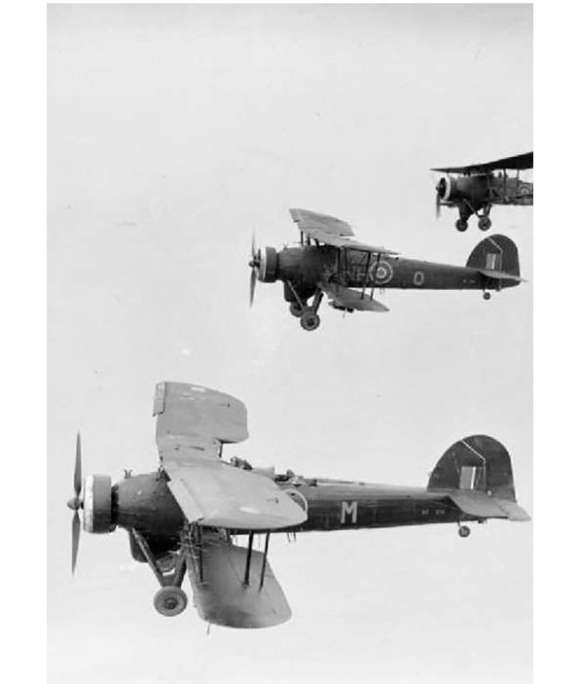
Forgotten Fights: Strike on Taranto, November 1940
The British torpedo bomber strike on the Italian naval base of Taranto in November 1940 changed the balance of power in the Mediterranean, and set the stage for the Japanese attack on Pearl Harbor.
Ed Lengel, PhD
Edward G. Lengel is the former Senior Director of Programs for the National WWII Museum’s Institute for the Study of War and Democracy.
Cite this article:
MLA Citation:
APA Citation:
Chicago Style Citation:
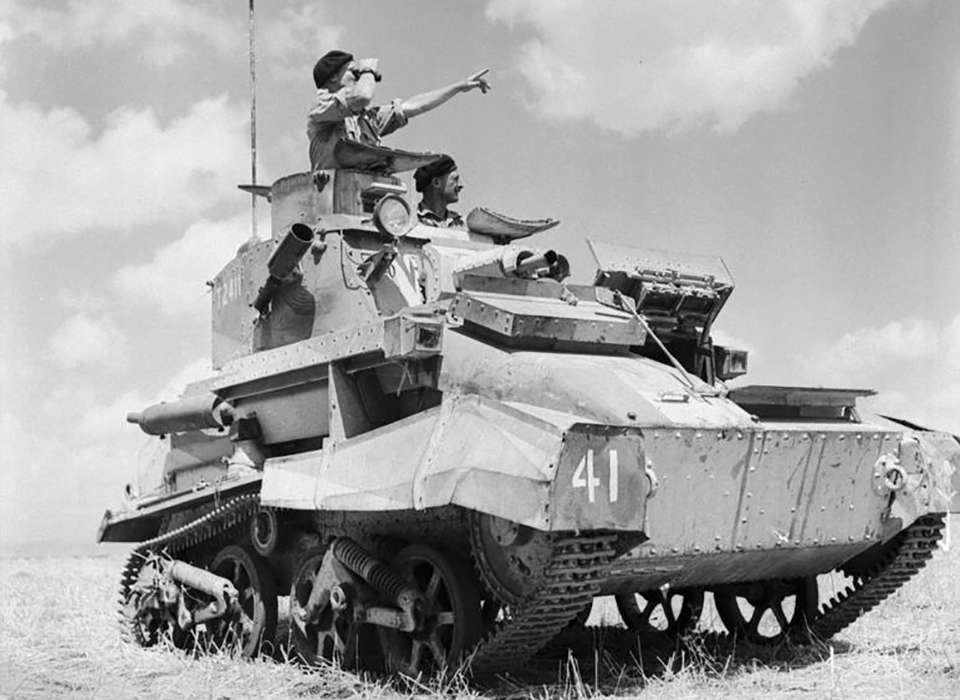
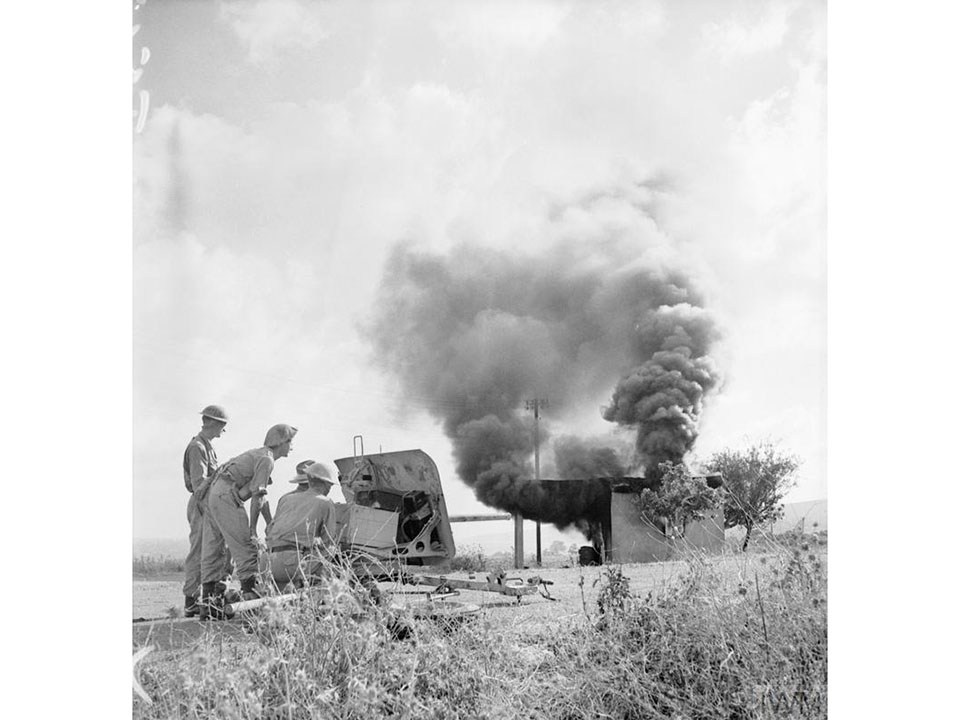
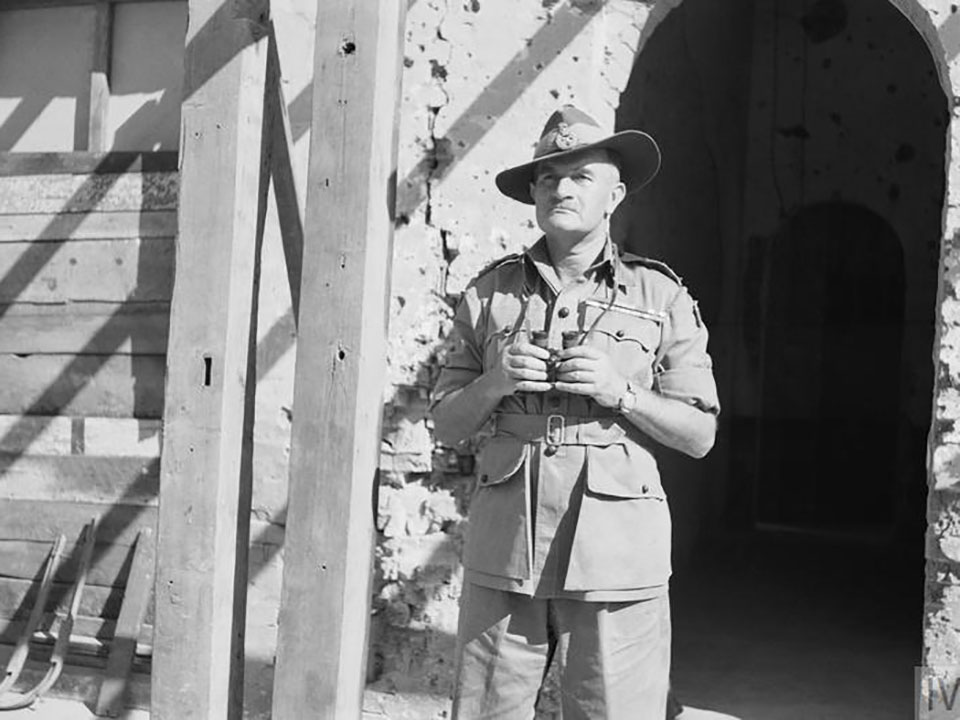
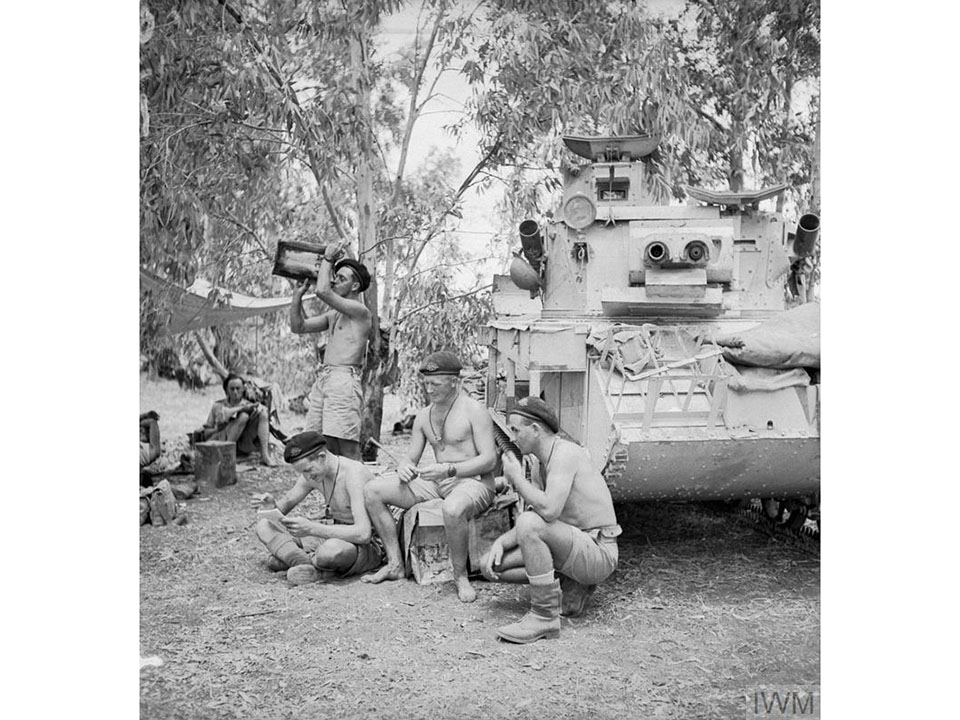
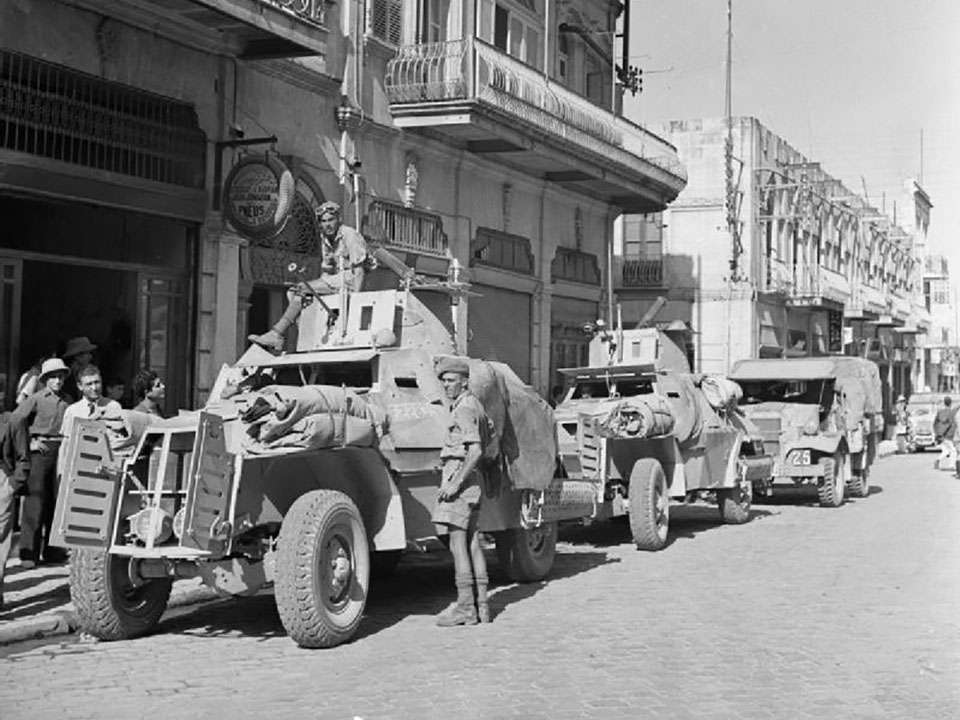




![Max Fuchs, New York City cantor, sings as Rabbi Sydney [sic] Lefkowitz, Richmond, VA, conducts the first Jewish services from Germany.](/sites/default/files/styles/max_650x650/public/2025-10/image1.jpg)



